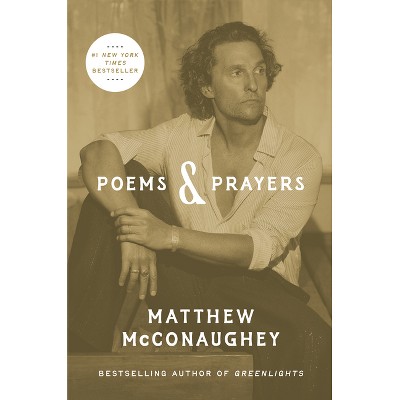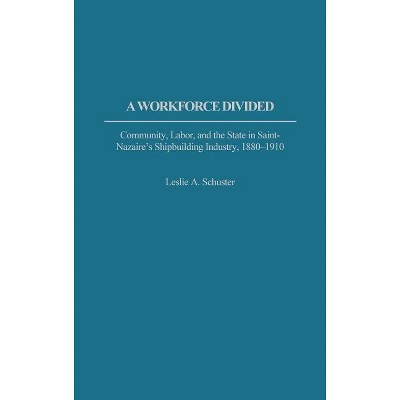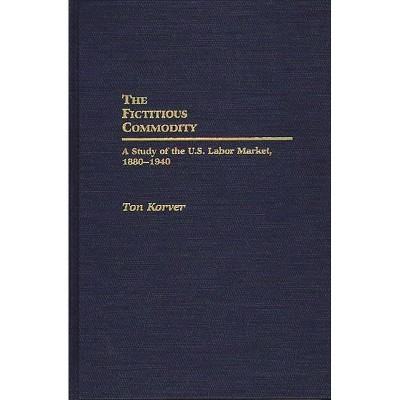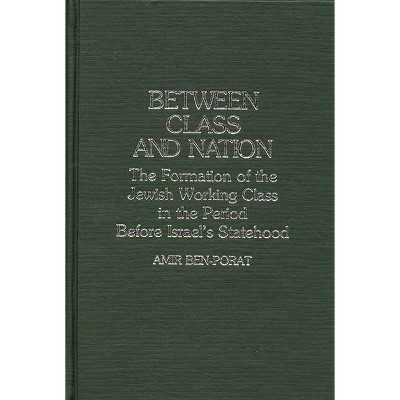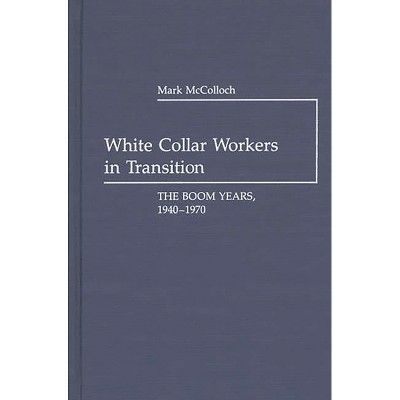Sponsored

The American Fund for Public Service - (Contributions in Labor Studies) by Gloria G Samson (Hardcover)
In Stock
Sponsored
About this item
Highlights
- This study examines one organization from the radical left of the 1920s and 1930s: the American Fund for Public Service.
- About the Author: GLORIA GARRETT SAMSON has taught at the New York State School of Industrial and Labor Relations at Cornell University's Rochester extensions and other institutions.
- 288 Pages
- Political Science, Public Policy
- Series Name: Contributions in Labor Studies
Description
About the Book
This study examines one organization from the radical left of the 1920s and 1930s: the American Fund for Public Service. Little known today, but infamous in its time, the American Fund represented a united front of anticapitalists--anarchists, socialists, communists, and left-liberals--which attempted to revitalize the left in order to end capitalism and, therefore, war. Financed by Charles Garland, an eccentric, 21-year-old Harvard dropout, the Fund performed the difficult task of allocating relatively meager resources among the most promising radical ventures, typically militant labor organizations. The philanthropy's directors represented a who's who of the labor left of the period: Roger Baldwin, Norman Thomas, Scott Nearing, James Weldon Johnson, and more. The fund anticipated philanthropies later in the century which meant to challenge the status quo beyond reformism. This study will be of interest to scholars of labor relations, radical politics, American history, and philanthropy.
Book Synopsis
This study examines one organization from the radical left of the 1920s and 1930s: the American Fund for Public Service. Little known today, but infamous in its time, the American Fund represented a united front of anticapitalists--anarchists, socialists, communists, and left-liberals--which attempted to revitalize the left in order to end capitalism and, therefore, war. Financed by Charles Garland, an eccentric, 21-year-old Harvard dropout, the Fund performed the difficult task of allocating relatively meager resources among the most promising radical ventures, typically militant labor organizations. The philanthropy's directors represented a who's who of the labor left of the period: Roger Baldwin, Norman Thomas, Scott Nearing, James Weldon Johnson, and more. The fund anticipated philanthropies later in the century which meant to challenge the status quo beyond reformism. This study will be of interest to scholars of labor relations, radical politics, American history, and philanthropy.Review Quotes
?Samson has produced a nicely done book on a long-ignored topic... Garland was a very American radical, a wealthy man who rejected his inheritance and turned it into the most daring of the early American foundations, although he himself was inconsistently invovled with the Fund's management. The Fund was always on the fringes of radical reform, its activities ranging from support of the NAACP and progressive labor unions to the very edges of communist social action. Samson covers the activities of the Fund and its managers very competently, and in so doing, sketches a segment of the left-liberalism of the 1920s and 1030s that has been too often ignored. Her research is thorough, and the book fills an important gap.?-Choice
"Samson has produced a nicely done book on a long-ignored topic... Garland was a very American radical, a wealthy man who rejected his inheritance and turned it into the most daring of the early American foundations, although he himself was inconsistently invovled with the Fund's management. The Fund was always on the fringes of radical reform, its activities ranging from support of the NAACP and progressive labor unions to the very edges of communist social action. Samson covers the activities of the Fund and its managers very competently, and in so doing, sketches a segment of the left-liberalism of the 1920s and 1030s that has been too often ignored. Her research is thorough, and the book fills an important gap."-Choice
About the Author
GLORIA GARRETT SAMSON has taught at the New York State School of Industrial and Labor Relations at Cornell University's Rochester extensions and other institutions. She holds degrees from the Universities of Colorado and Rochester.

